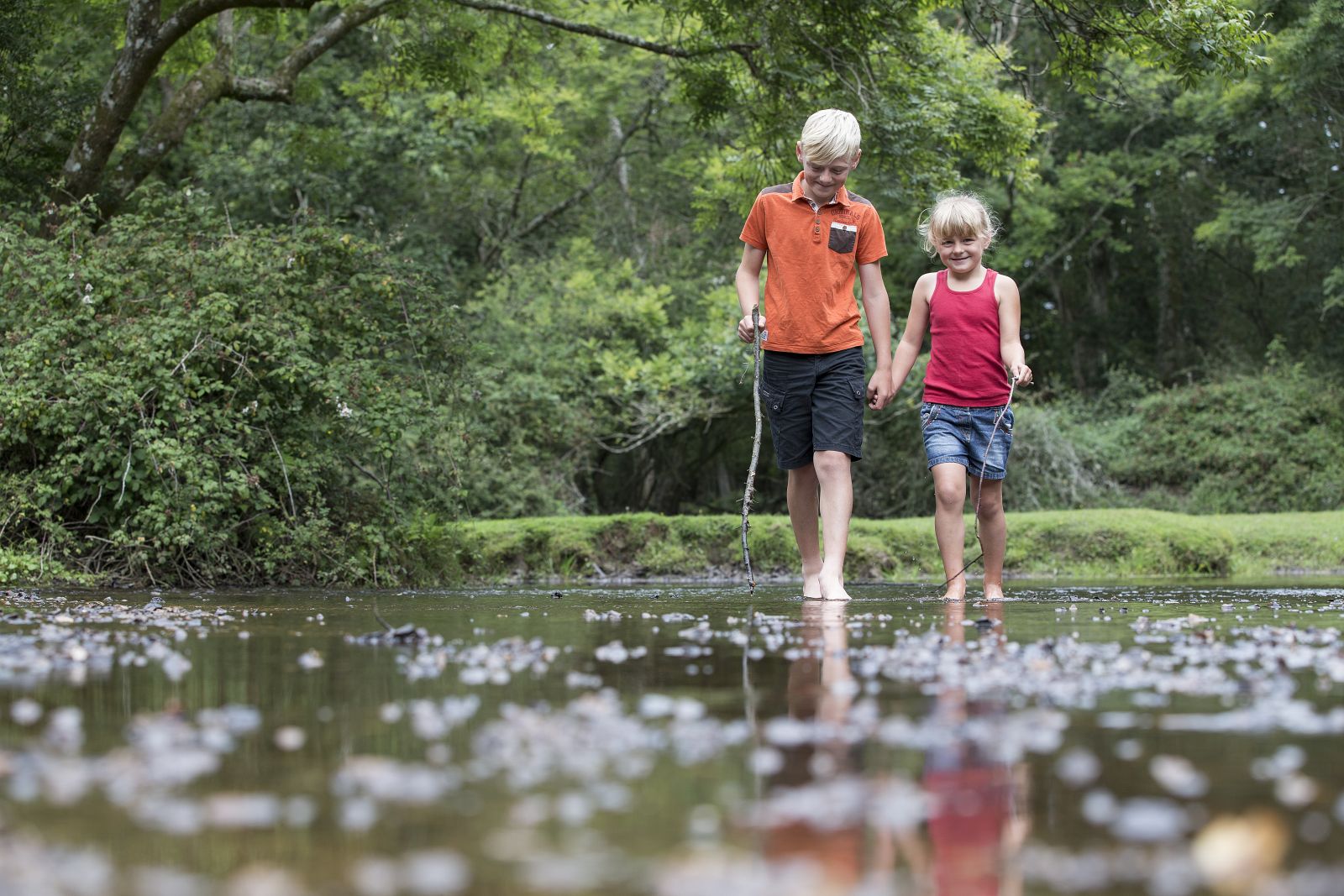
We can’t let major development ruin our National Parks
Ruth Bradshaw, our policy and research manager blogs about why our new report, National Parks – Planning for the Future is fundamental in making sure our Parks are not ruined by major development.
What does the phrase ‘exceptional circumstances’ mean to you? I’m sure most people would agree that it means something that should happen only very rarely. Planning policy clearly states that major developments are only allowed in National Parks in exceptional circumstances so you would think that these areas would be well protected against the impacts of major developments such as quarries, wind farms and large housing schemes. Sadly, that’s not always the case as demonstrated by last year’s decision to allow the world’s largest potash mine in the North Yorks Moors despite clear evidence of the damage it would do to the National Park.
We got together with CPRE and the National Trust to commission Sheffield Hallam University to examine the planning process for major developments in, or just outside, National Parks and to identify whether changes were needed. The research findings make worrying reading for anyone who values the beautiful landscapes, wildlife and cultural heritage in our National Parks particularly as these areas are currently facing a wide range of development threats including quarrying, road-building and fracking. We need to ensure the Parks are better protected in the future so we have developed a strong set of recommendations to achieve this. These are set out in the report National Parks – Planning for the Future which we launched last week with CPRE and the National Trust.
One of the most striking findings from the research is the influence that the messages coming from Central Government have on decisions at a local level. Inappropriate development is more likely to be approved when there is a lack of emphasis on environmental protection at a national level so we’re calling for strong messages from Government about the importance of protecting National Parks.

New Forest adventurers (c) New Forest National Park Authority
There’s a perfect opportunity for these messages to be delivered as part of the Government’s 25 Year Environment Plan which we’re expecting to be published for consultation shortly. We want the Government to use this opportunity to state clearly how they will ensure the long-term protection and enhancement of National Parks.
In addition, the Government must send strong messages about the importance of National Park protection to developers and all those responsible for making decisions on development in National Parks and areas close to them, including neighbouring planning authorities and the Planning Inspectorate. The best way to do this would be through a Ministerial Statement which emphasises the specific duties and responsibilities that apply in National Parks and their settings.
Another significant finding from the research is the important role that EU regulations have played in protecting National Parks from damaging developments. The European Commission’s recent decision to save the Birds and Habitats Directives is really welcome news but, if National Parks are to benefit from this protection in future, the Government must maintain strong protections for nature after the UK leaves the European Union.
Our current recommendations focus on England but we will be working closely with Welsh partners in the coming months to develop recommendations for Wales. This will allow us to take account of the different approach to decision-making on major development that now exists in Wales and of the outcomes from the Future Landscapes Review once its final report is published.
We are determined to secure changes to ensure that National Parks are better protected from damaging, intrusive, major development in the future. We’ve already begun working with Government officials, politicians, National Park Authorities and others in order to achieve this and there’ll be opportunities for you to work with us on this in 2017 – so watch this space.
